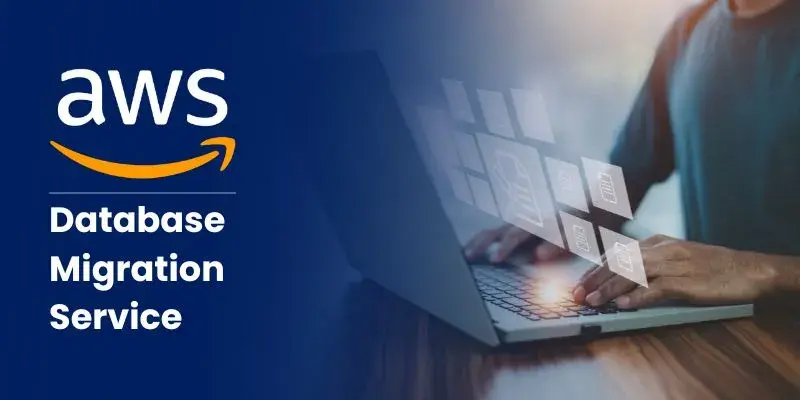How to Reduce MTTR Using AIOps in Observability Platforms
- Lency Korien
- Jun 13
- 2 min read
Is Your Observability Strategy in the Past? AIOps is the Key to Moving Forward!
You have monitoring tools, dashboards, and alerts, so why do outages still feel like chaotic emergencies? The reality is, traditional observability is no longer sufficient. As systems become more complicated, teams are overwhelmed by false alerts, while customers demand uninterrupted service. You need more than just visibility; you need intelligent responses.

This is where AI-driven observability and AIOps implementation come into play. Picture your system not just flagging issues but actually predicting them, automatically resolving known problems, and steering your team towards root causes before users even notice. This is the new standard in today’s tech landscape, with leading enterprises already slashing resolution times by up to 90%.
The Growing Need for AI in Observability
Observability - the capability to comprehend a system’s internal status by examining its outputs - has become essential for modern IT operations. However, as systems evolve, traditional monitoring solutions struggle in three main respects:
Data Overload - Cloud-native environments produce massive amounts of telemetry data daily, making manual analysis nearly impossible.
Alert Overload - Teams face an avalanche of alerts, many of which turn out to be false positives or low-priority notifications.
Rapidly Changing Environments - Factors like containers, Kubernetes, and serverless functions can alter states quickly, rendering static thresholds useless.
[ Are you looking: AWS Cost and Usage Report ]
Utilizing AI in observability tackles these issues by harnessing machine learning (ML) and artificial intelligence (AI) to:
Automatically identify anomalies
Connect alerts into significant incidents
Forecast issues before they affect users
How AIOps improves root cause analysis in cloud-native systems
One of the standout features of AIOps is its ability to enhance root cause analysis (RCA). Traditionally, engineers would invest countless hours combing through logs and dashboards to identify failures. AIOps streamlines this entire process in several key ways:
1. Topology-Aware Incident Correlation
AIOps platforms map the dependencies present across various services, infrastructure, and applications. When an anomaly arises, the system assesses the full topology to pinpoint the likely root cause rather than treating each alert individually.
[ Good Read: LangChain vs AutoGen]
2. Pattern Recognition in Historical Data
By examining previous incidents, AI models identify patterns of recurring failures. For example, when a spike in database latency consistently precedes application timeouts, AIOps recognizes the database as the likely source of the issue, effectively reducing the mean time to resolution (MTTR).
3. Automated Log and Trace Analysis
Rather than manually going through logs, AI-driven solutions employ natural language processing (NLP) to pull out significant signals. For instance, an AI model may determine that a “connection timeout” error shared across multiple services points back to a misconfigured API gateway.
4. Real-Time Causality Graphs
AIOps tools create real-time dependency graphs that visually illustrate how an issue spreads across services. This feature is especially beneficial in microservices architectures, where a single failure can lead to unpredictable consequences.
You can check more info about: How to Reduce MTTR Using AIOps in Observability Platforms.





Comments